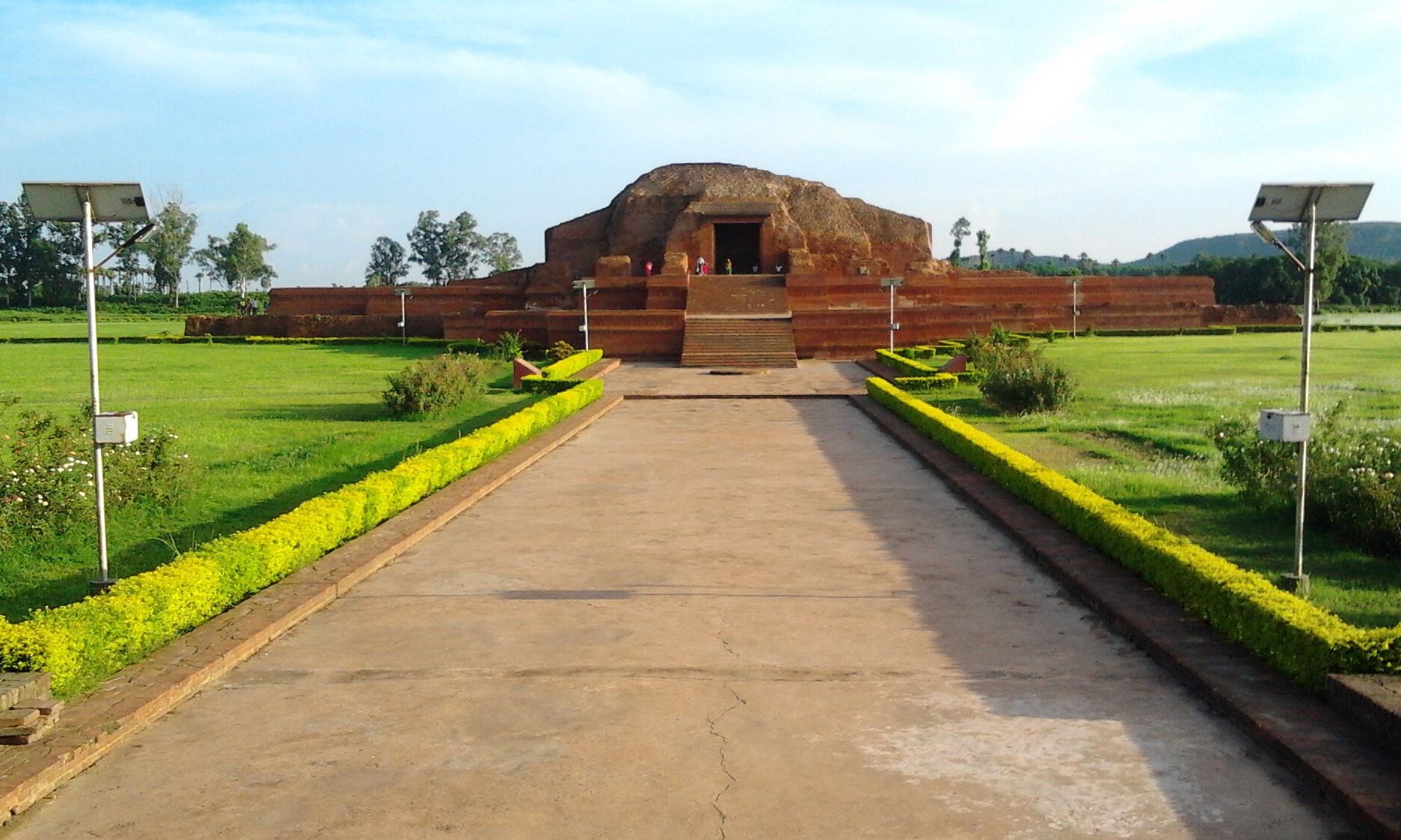 The Aryans are said to have entered India through the fabled Khyber pass, around 1500 BC. They intermingled with the local populace, and assimilated themselves into the social framework. They adopted the settled agricultural lifestyle of their predecessors, and established small agrarian communities across the state of Punjab.
The Aryans are said to have entered India through the fabled Khyber pass, around 1500 BC. They intermingled with the local populace, and assimilated themselves into the social framework. They adopted the settled agricultural lifestyle of their predecessors, and established small agrarian communities across the state of Punjab.
The Aryans are believed to have brought with them the horse, developed the Sanskrit language and made significant inroads in to the religion of the times. All three factors were to play a fundamental role in the shaping of Indian culture. Cavalry warfare facilitated the rapid spread of Aryan culture across North India, and allowed the emergence of large empires.
Sanskrit is the basis and the unifying factor of the vast majority of Indian languages. The religion, that took root during the Vedic era, with its rich pantheon of Gods and Goddesses, and its storehouse of myths and legends, became the foundation of the Hindu religion, arguably the single most important common denominator of Indian culture.
The Aryans did not have a script, but they developed a rich tradition. They composed the hymns of the four vedas, the great philosophic poems that are at the heart of Hindu thought. As the Nobel Laureate, Rabindranath Tagore expressed it, “The hymns are a poetic testament of a people’s collective reaction to the wonder and awe of existence….A people of vigorous and unsophisticated imagination awakened at the very dawn of civilization to a sense of inexhaustible mystery that is implicit in life.”
A settled lifestyle brought in its wake more complex forms of government and social patterns. This period saw the evolution of the caste system, and the emergence of kingdoms and republics. The events described in the two great Indian epics, the Ramayana and the Mahabharata, are thought to have occurred around this period. (1000 to 800 BC).
The Aryans were divided into tribes which had settled in different regions of northwestern India. Tribal chiefmanship gradually became hereditary, though the chief usually operated with the help of advice from either a committee or the entire tribe. With work specialization, the internal division of the Aryan society developed along caste lines. Their social framework was composed mainly of the following groups : the Brahmana (priests), Kshatriya (warriors), Vaishya
(agriculturists) and Shudra (workers). It was, in the beginning, a division of occupations; as such it was open and flexible. Much later, caste status and the corresponding occupation came to depend on birth, and change from one caste or occupation to another became far more difficult.



















